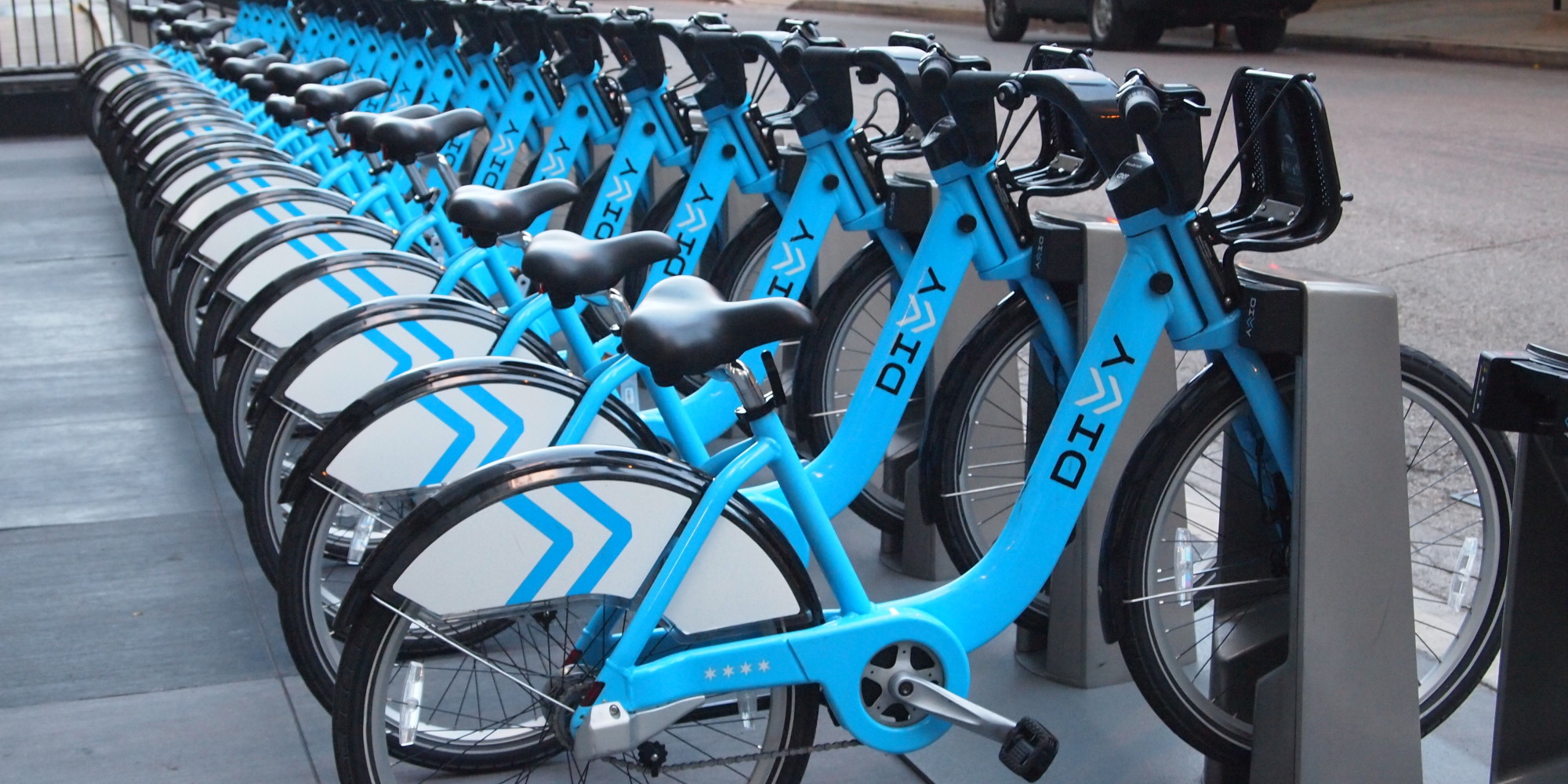
/cdn.vox-cdn.com/uploads/chorus_image/image/61069475/shutterstock_525161920.0.jpg)
The largest decreases in trips were in the central business district and surrounding neighborhoods, with Armour Square (which includes Chinatown) experiencing a 60% drop in trips. These disparities are also apparent in the ride-hailing data: the community areas that experienced the smallest decreases in ride-hailing trips (and one community area that saw trips increase) were on the South and West Sides. We also know that essential workers, who have to travel more, are disproportionately low-income, people of color in the Chicago region. The proportion of rides that were shared (e.g., Uber Pool and Lyft Line) fell by 56% for all of March.Ī WBEZ analysis of transit ridership during March 2020 found that CTA ridership has decreased much less dramatically on the South and West Sides compared to other areas of the city, and CMAP has shown that the number of trips beginning in census tracts with lower median household incomes have not declined as much as higher-income tracts. During the second half of March 2020, the number of trips per hour sunk to 700-an 80% drop. Across all of March 2019, there were an average of 3,500 ride-hailing trips per hour. The drop in trips accelerated dramatically during the second half of March, once schools closed and the stay-at-home order went into effect.

It should be noted that Chicago adopted a new fee structure for ride-hail trips beginning on January 6, 2020, which decreased fees for shared trips but increased fees for solo trips and trips in downtown. The number of people purchasing day passes and single-ride options increased significantly compared to March last year, and the average duration of trips also rose.Ĭomparing publicly available trip data from ride-hailing companies from March 2019 and March 2020, we found that ride-hailing trips in Chicago dropped 47% (from 10 million trips in 2019 to 5.3 million trips in 2020). Divvy saw a fairly small decrease in overall usage, with many stations and communities increasing ridership over the previous year. We found that changes in ride-hailing varied greatly across the city, with the largest decreases occurring in the central business district and surrounding neighborhoods, while trips decreased by a much smaller percentage in many South and West Side communities. With the recent release of Divvy and ride-hailing (e.g., Uber and Lyft) data for the first quarter of 2020, we wanted to examine how use of these new mobility options changed. The COVID-19 pandemic and subsequent stay-at-home order have resulted in drastic changes to travel patterns in the Chicago area. For more original research, project work, and thought leadership from the Sam Schwartz team, visit the COVID-19 Response + Analysis center. This post is part of our comprehensive look at how COVID-19 is reshaping the mobility landscape.


 0 kommentar(er)
0 kommentar(er)
